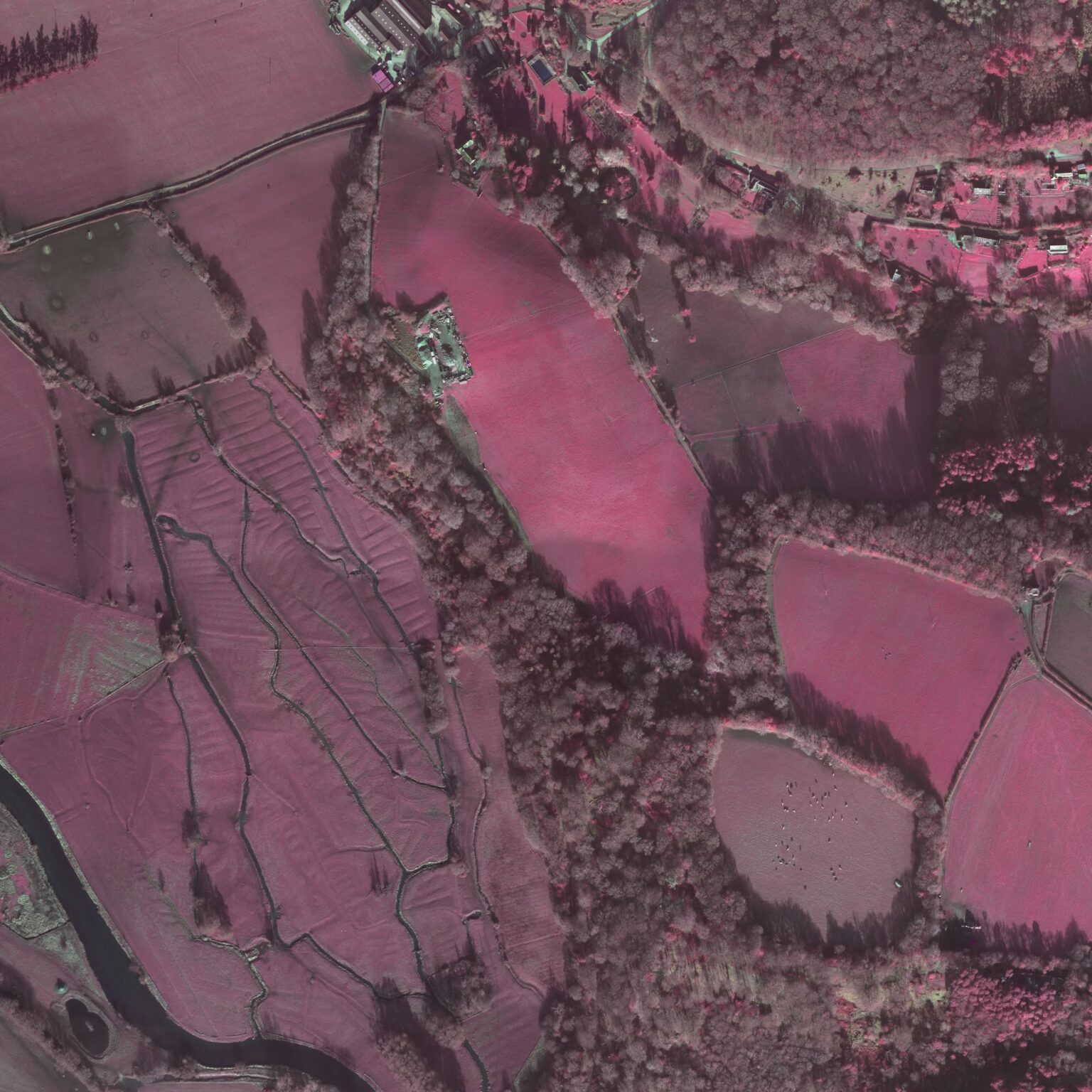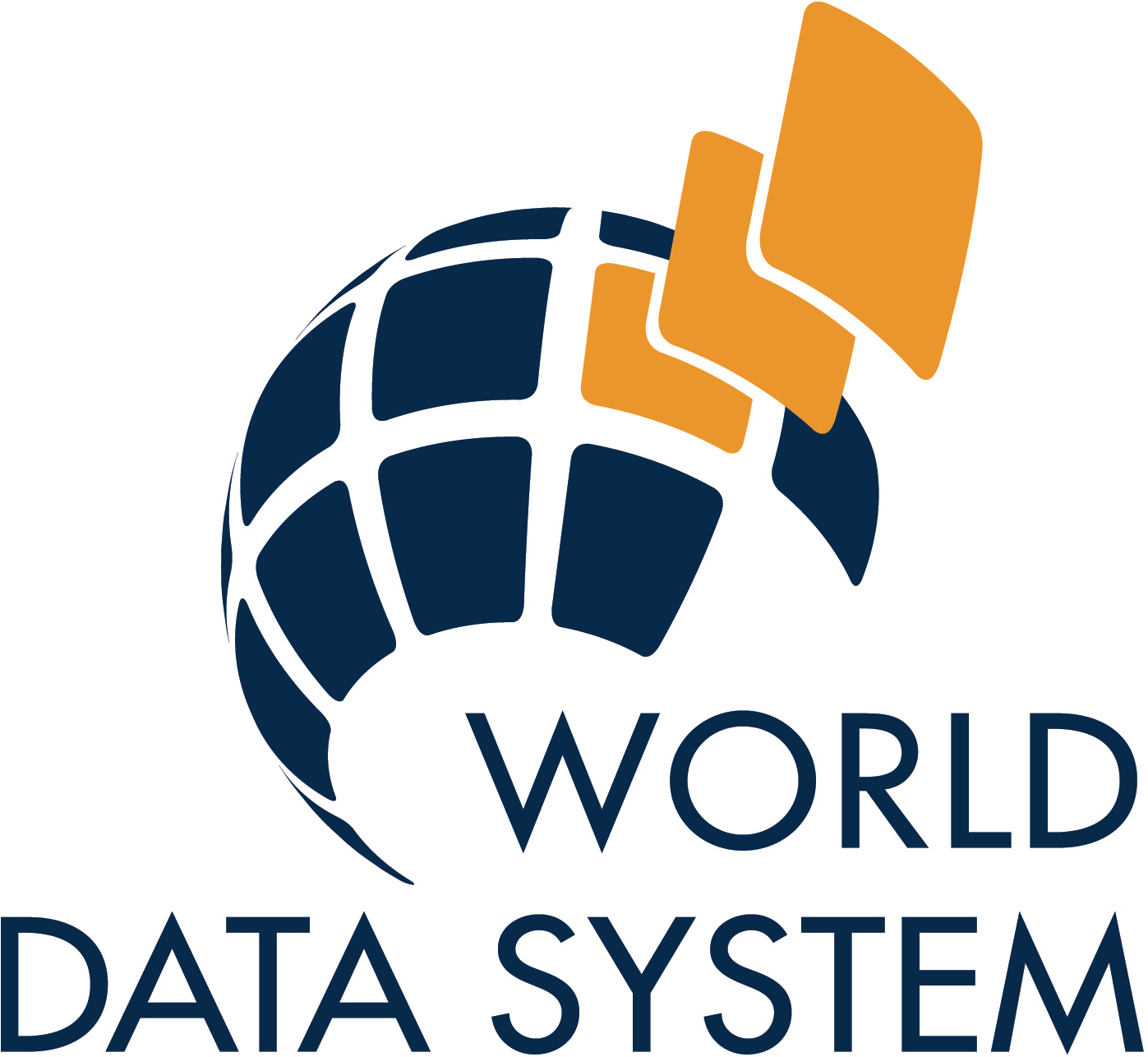Project planning and requirements
As with all projects creating digital data, certain elements have to be considered at the outset to ensure effective preservation and documentation of 3D content. While a brief overview of the theoretical considerations of 3D and virtual reality models is provided by the AHDS Virtual Reality guide (AHDS 2002, section 5), the London Charter[1] provides the “de facto benchmark to which heritage visualization processes and outputs should be held accountable.” When planning a project involving the creation of 3D data, the principles of the London Charter should be taken into account before – although they logically lead into – a consideration of specific documentation or metadata specifications and file formats.
London charter
In 2006 the London Charter was conceived as a means of ensuring the intellectual and technical rigour of computer-based visualisations of cultural heritage. The London Charter strives to define strict rules in dealing with computer-based visualization methods. It contains six principles:
- Principle 1: Implementation, addresses the intended use, purpose, and scope of the London Charter.
- Principle 2: Aims and methods, advises on the importance of the appropriate application of computer based visualisation methods and whether these are the most suitable approaches to accomplish project goals.
- Principle 3: Research Sources, broaches the issue of identification and documentation of relevant sources used for 3D visualisations.
- Principle 4: Documentation, advises on what information should be documented during the development process of 3D content in order to facilitate understanding and use of 3D visualisations.
- Principle 5: Sustainability, addresses the planning of long-term sustainability and usability of 3D content.
- Principle 6: Access, advises on planning for the effective dissemination of 3D visualisations within the wider cultural heritage sphere.
In the context of this guide, the first three principles of the London Charter can be seen to relate to project planning, data capture, and data creation, while the latter three principles relate to data documentation, formats for preservation, and formats or methods for data dissemination.



